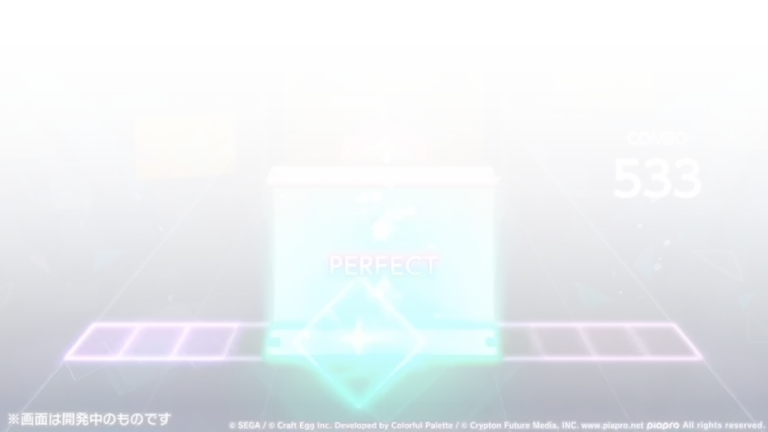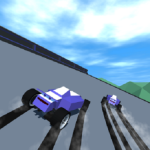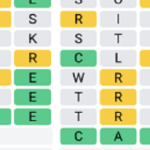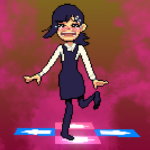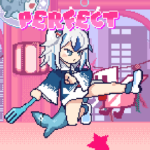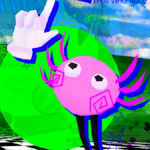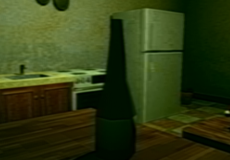
SIDE EFFECTS
Advertisement
Side Effects places players in a lab environment where they must manage a strange and dangerous experiment. You and other subjects are strapped to machines and forced to ingest unknown pills, each with unpredictable consequences. The pills vary in color, shape, and purpose—some heal, some do nothing, and some remove health. The goal of Side Effects is to survive, interpret the rules of the test, and make decisions before it’s your turn to take a pill.
Advertisement
Similiar games
Side Effects places players in a lab environment where they must manage a strange and dangerous experiment. You and other subjects are strapped to machines and forced to ingest unknown pills, each with unpredictable consequences. The pills vary in color, shape, and purpose—some heal, some do nothing, and some remove health. The goal of Side Effects is to survive, interpret the rules of the test, and make decisions before it’s your turn to take a pill.
Interpreting Risk and Control
In Side Effects, players interact with both pills and equipment. A monitor displays your health and tolerance level, while a central machine distributes random pill combinations. The subject must analyze probabilities, read incomplete data, and decide whether to pass a pill to another player or consume it themselves. Side Effects demands fast thinking with limited information, all while a timer ticks in the background and the consequences of each decision affect the entire group.
Key Interactions and Gameplay Flow
The interaction model in Side Effects is tactile and timed. You use hand controls to pick up pills, place them in trays, or pass them across the table. Pills vary in color and effect, and the machine occasionally offers partial hints about what’s inside a capsule.
Common gameplay actions in Side Effects include:
· Picking up and moving pills across the table
· Using a heart monitor to check subject status
· Reading randomized pill labels for limited information
· Swapping pills between subjects
· Choosing whether to risk or deflect outcomes
This system makes every round of Side Effects feel tense, especially when only one player may survive.
Group Tension and Limited Trust
Each session in Side Effects involves multiple participants, but collaboration is rarely sincere. You must read other players’ expressions and actions to judge whether they’re hiding something. Some may lie to survive, while others may try to take down everyone with them. Side Effects turns each round into a negotiation without clear communication tools. The lack of open chat adds to the psychological tension between players.
Consequences That Accumulate
As Side Effects continues, pills begin to repeat, but their effects can change depending on the round or dosage. What seemed safe in an earlier phase may become lethal later. This creates a dynamic where memory, observation, and statistics matter—but they are never fully reliable. The game ends only when one subject remains, or when all health meters drop to zero. Side Effects does not reward aggression or trust consistently; it rewards pattern recognition under stress.
Discuss SIDE EFFECTS
